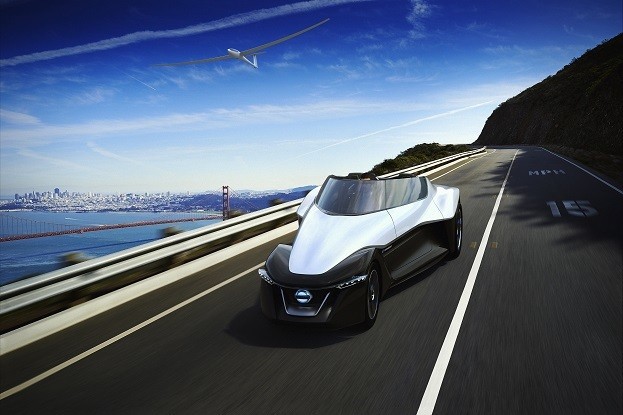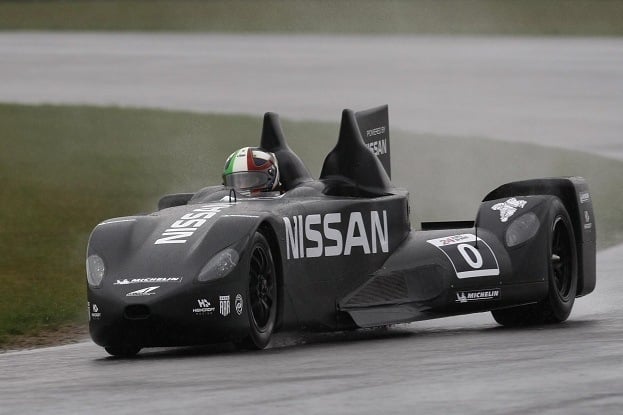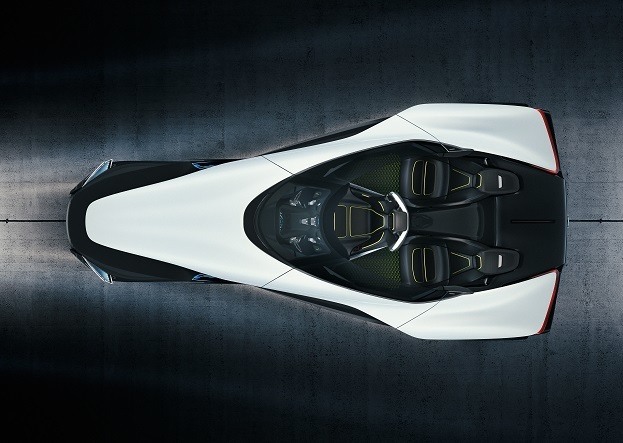When it comes to fashion, I admit I never obtained the understanding on what makes certain items so unique they warrant spending so much money. How could people happily pay a $200 amount for a plain white T-shirt when they are available for under $10 in practically every department and discount store? What makes a woman’s handbag worth thousands when they are made essentially similar to the bags sold for over a hundred?
Nonetheless, it is clear to me brands must capture a specific mood and character with their products that could go as far as a logo. In some cases, a design presents such a radical departure from the norms that there is few like it. The DeltaWing vehicle creation is one unique design that is so profound in its execution. A jet fighter like appearance on four wheels, the DeltaWing brings to life a hyper-efficient future in auto racing. In an effort to protect their design, Delta Wing Project 56 (the company that operates the DeltaWing race car) is now accusing former partner Nissan of infringing on vehicle‘s wedged-shaped presence.
According to an article published by Automotive News, Delta Wing Project 56 owner Don Panoz had his lawyers file a cease-and-desist order against the Nissan following the exhibition of the BladeGlider concept car. The Nissan BladeGlider is a three-seat electric idea car exhibiting an aerodynamic design and super lightweight construction.
There is little hiding the fact the Bladeglider is based on the premise of the radical DeltaWing’s characteristics. The car company, Nissan’s global motorsports program director Darren Cox as well as the DeltaWing’s designer Ben Bowlby are named in the legal action filed November 22nd in the state of Georgia.
The DeltaWing or wedged-shaped vehicle design could easily become a tug-of-war between three entities. Ben Bowlby originally designed the DeltaWing as a 2012 replacement chassis to the aging IndyCar vehicles. Currently working with Nissan, Bowlby is credited for the ZEOD RC and the recent BladeGlider.
Interestingly enough, the original proposal for the DeltaWing project as a 2012 IndyCar chassis would was to merely license the vehicle’s design for others to build, and perhaps, improve (similar to the intent of Don Panoz). When IndyCar chose Dallara, the DeltaWing’s quickly garnered fame allowed the race car to experience a second life as sports car.
It was through the sports car involvement to the two additional players in the DeltaWing saga developed. Not only providing race engine to the Delta Wing (made possible from the Juke crossover), Nissan provided some key resources along with Don Panoz. With a race car built by All American Racers (a company owned by famed American road racer and chassis builder Dan Gurney), the DeltaWing debuted at the 24 Hours of Le Mans.
During 2012, it appeared Nissan was making every attempt to define their company with the DeltaWing design. In every press release, the name “Nissan DeltaWing” was present as opposed to the more traditional role in motorsports where an engine supplier follows the chassis builder. Founder of the American Le Mans Series, Don Panoz believes Delta Wing Project 56 provided the finances and resources that made the Le Mans appearance possible.
For 2013, the DeltaWing competed without Nissan’s backing powered by a Mazda race engine supplied by Panoz-owned Elan Motorsport Technologies. It could easily be argued that all three parties provided an essential component to the bringing a functional DeltaWing to existence. Without seeing the contracts behind the race car’s construction, it is hard to interpret who would have the best claim at a legal standpoint for the ownership of the wedge-shaped car.
Protecting a design also presents a challenge in the automotive world. Though the early stages of the automobile in the United States consisted of the Selden Patent allowing one entity to profit on almost all gasoline vehicles produced up to 1911, there have not been many cases where courts ruled infringement on car designs. One of the more recent cases occurred during the years of Hummer. Chrysler Group brand Jeep took Hummer’s parent General Motors to court claiming an infringement of the seven-slot grille design. Claiming the shape of the DeltaWing, Nissan ZEOD RC or BladeGlider to be a unique, protected wedge shape could itself present a challenge. Despite the vehicle’s different appearance to conventional four-wheeled automobiles, automotive artists have toyed with jet fighter-like vehicles for decades. Back in 1961, the Chevrolet Astro III concept car exhibited a similar, bizarre body.
It seems the wedge-shaped vehicle has fallen into a middle of its own triangle. Yet another case where some lawyers will become car fans.
Information and photo source: Automotive News, Nissan Motor Company




